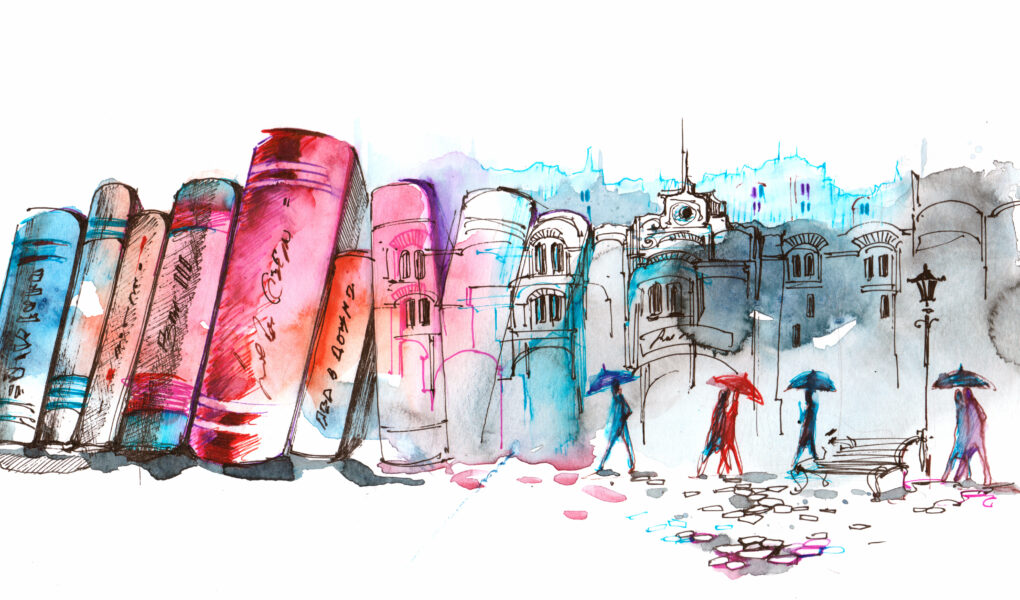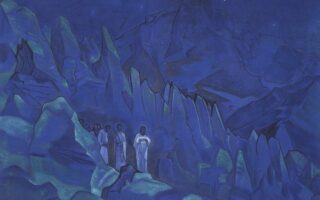Author: Frido Mann
Category: Art, Music & Literature
Issue No: 93
Frido Mann, grandson of the writer Thomas Mann and member of the Mann family, outlines Thomas Mann’s changing relationship to religion in three phases – from the convention religion of the born Protestant from the upper middle-class late modern era to the practical commitment of an “Applied Christianity” in the “First Unitarian Church of Los Angeles” in exile in California.
Rome, 29 April 1953: Thomas Mann is received in audience by Pope Pius XII at the Vatican. Shortly afterwards, the 77-year-old highly honoured writer from the Protestant town of Lübeck describes in his diary his “most moving and powerful experience”: “The white figure of the Pope stepping before me. He bowed his knees and thanked me for the grace. Held my hand for a long time … Kneeling no longer before a man and politician, but before a white, spiritually mild idol who visualises two occidental millennia … Offering of the hand. ‘Is this the fisherman’s ring? May I kiss it?’ I did.”
How should one interpret this almost stage- or film-like scene? As an expression of emotion in the sense of authentic religious feelings? Or is it “only” the respect for the millennia-old culture and Christianity as its special manifestation? And why then this richly theatrical gesture of genuflection and ring kiss? What a confusing double face of seriousness and play, authenticity and ironic display. Especially when one considers that the author of this account was aware that he had decreed that his diaries be released to the public 20 years after his death.

However, the further away we go back biographically from this event described by Thomas Mann himself only about two years before his death, the more diverse the picture of his relationship to religion becomes. Looking back through the decades, three different, partly biographically interlocking phases open up to me. First: religious indifference in Thomas Mann’s work until after the end of the First World War. Secondly: a recognizably intensifying relationship to religion on a literary level until the end of the Second World War, with echoes in the late story “The Chosen One”. And thirdly: Mann’s practical commitment in the sense of an “applied religion” or an “applied Christianity” in the “First Unitarian Church of Los Angeles” in exile in California.
The first phase – the Convention religion
As a representative of the upper-middle-class late modernity of Lutheranism, the young Thomas Mann, like his parents and grandparents, limited his relationship to church and religion to the practice of a pure convention religion. As a schoolboy he wrote an anti-clerical drama entitled “The Priests”, and like many intelligent pupils he experienced Lutheran religious instruction as boring. And in his writing, written when he was eighteen, about his literary role model, the ironist and mocker Heinrich Heine, he professes the “philosophical point of view” that the words ‘good’ and ‘bad’ as social figureheads have no more philosophical significance than the words ‘up’ and ‘down’ in space (XI, 711). After the end of his Lübeck youth, he also stops attending church for good (cf. Hans Küng: in Walter Jens, Hans Küng. Advocates of Humanity. Munich 1993, p. 89). Even in his early work, which was primarily supported by a romantic aestheticist attitude, religious tendencies are only traceable until the mid-twenties of the 20th century.
About the author: Frido Mann
Dr. Frido Mann, born in 1940 in Monterey/California, worked for many years as a clinical psychologist in Münster, Leipzig and Prague after studying music, Catholic theology and psychology. Today he lives as a freelance writer in Munich.
This article appeared originally on the German Homepage of Tattva Viveka: Zwischen Geheimnis und Humanismus – Tattva Viveka Magazin




